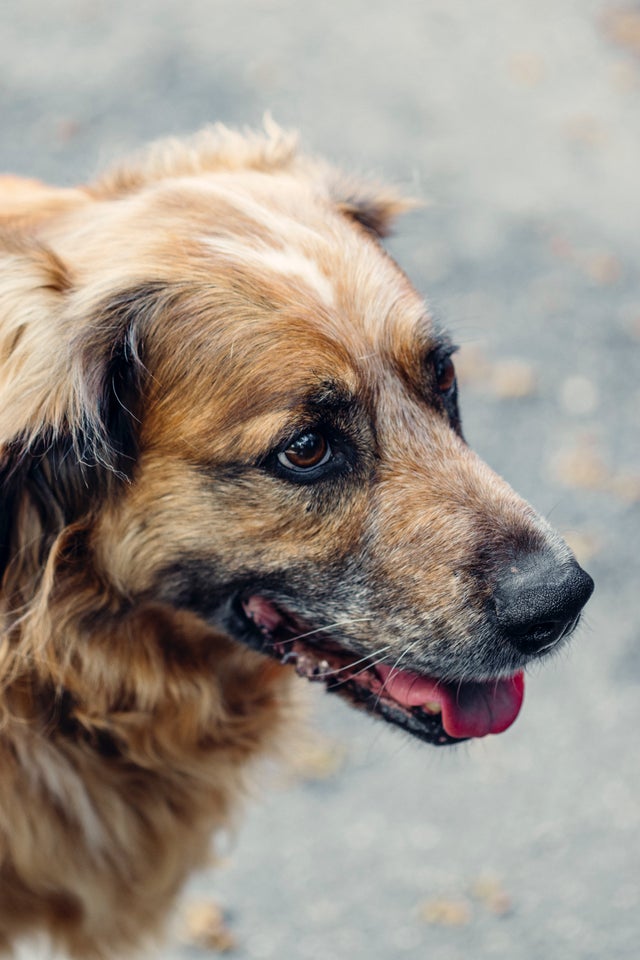What’s our first thought when we see a chubby dog? Cute? Cuddly? While these things are true, we should not ignore the dangers of pet obesity. Compared to their non-overweight counterparts, overweight pets have decreased life expectancies, are more prone to kidney and respiratory diseases, and have higher instances of diabetes and insulin resistance.
The obesity-cancer relationship
In addition to these conditions, overweight dogs are also at a higher risk for developing certain cancers. In humans, there is a link between obesity and cancer. The National Cancer Institute found higher instances of certain cancers in obese individuals, including thyroid, pancreatic, and kidney cancer. Researchers have found a similar obesity-cancer relationship in dogs. A study published by the American Veterinary Medical Association found obese dogs have higher rates of urinary tract and mammary gland cancer than non-obese dogs.
Though there is a clear relationship between obesity and certain cancers in dogs, veterinary researchers are unsure why. One explanation might be the body’s ability to produce adiponectin, a protein that blocks the production of cancer cells. When there is too much fat stored in the body, the production of adiponectin slows down.
How can I tell if my dog is overweight?
Managing your pet’s weight is important to their wellbeing. Fortunately, there are easy guidelines to gauge if your dog is underweight, just right, or overweight:
- Underweight: Your dog has very little muscle definition or fat. They are below their breed’s typical weight range. Even from far away, their ribs, hip bones, or shoulder blades are visible.
- Just right: There should be some fat, but you should still be able to feel their ribs. From the side, you should be able to see where their waist tucks in.
- Overweight: You cannot feel their ribs through their fat. From the side, there is minimal waist definition. Very overweight dogs will have rolls in their abdomen.
If your dog is particularly fluffy or furry, it can be hard to see their waist definition or tell if their bones are protruding. To get a better look, check for these signs when you give them a bath.
I’m worried about my dog’s weight. What should I do?
The caloric requirements for the various sizes and breeds of dogs differ drastically. As a result, any diet guidelines should be customized to your dog. If you are worried about your dog’s weight, or need guidance on how to change your dog’s diet, your veterinarian is the best place to start.




